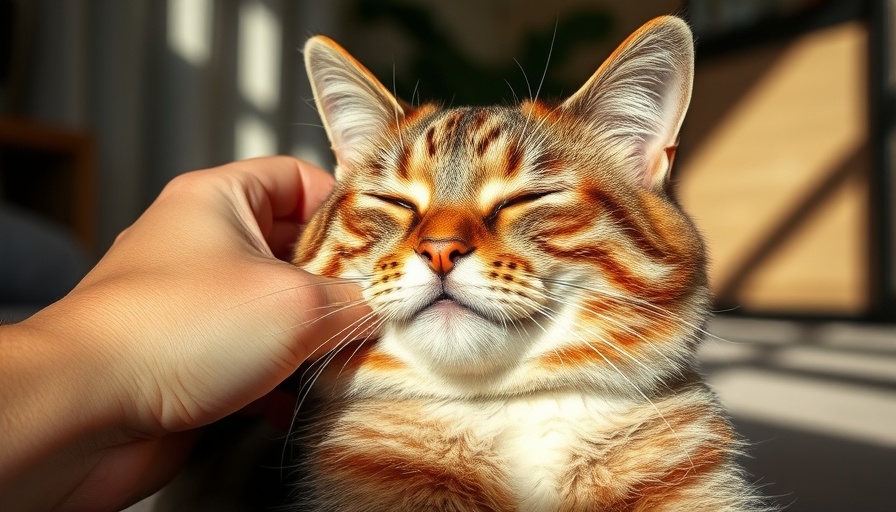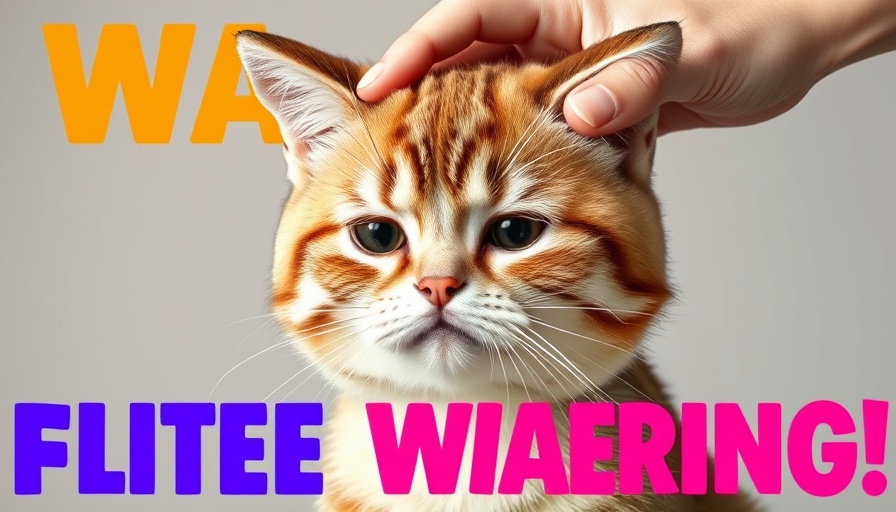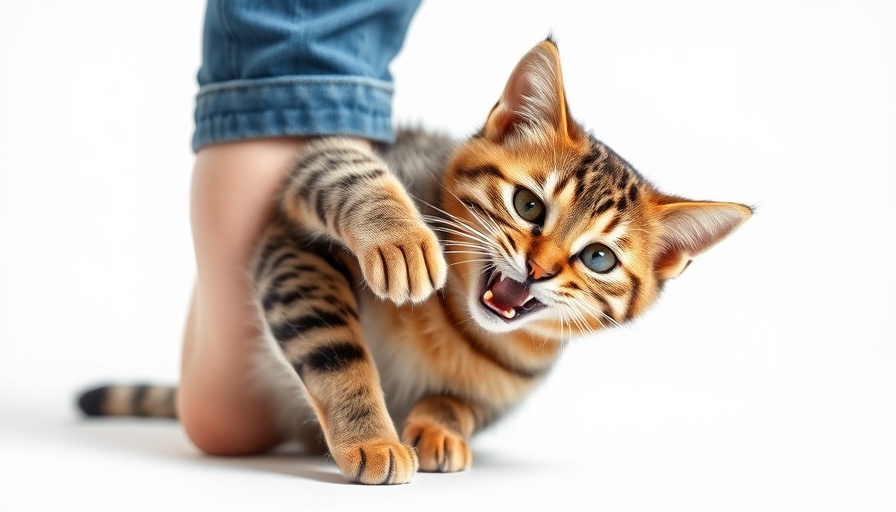
Understanding Your Cat's Emotional Landscape
Every pet parent has encountered the disheartening moment when their cat shies away from a cuddle, leaving them feeling rejected. But why does this occur? The truth isn't always straightforward. Your beloved feline's reluctance to engage in snuggles can stem from a multitude of reasons, often more complex than mere mood. By understanding your cat's emotional landscape, you can develop a deeper bond with them.
In 'SHOCKING Reason Your Cat Won't Cuddle! How to Fix It,' the discussion dives into the reasons behind your cat's reluctance to cuddle, uncovering insights that provide a deeper understanding of feline behavior.
Can Fear Derail Affection?
One of the main reasons cats may move away from affection is rooted in fear. This can happen unintentionally; a loud noise or a sudden movement can instill a sense of apprehension. Cats perceive the world differently, so what seems mundane to us can feel threatening to them. If your cat regularly evades your touch or avoids you completely, consider that they might find your presence unpredictable rather than comforting. It's not anger or stubbornness but instead a safety mechanism.
Positive Reinforcement: Building Trust
Reestablishing trust isn’t a grand gesture; it’s about small, consistent actions. To foster a safe and predictable environment, simply sit quietly with your cat. Allow them to approach you on their own terms. Over time, they will learn to feel safe in your company, allowing fear to fade into curiosity and, eventually, trust.
Kittens and the Lost Art of Cuddling
Some cats struggle with cuddling not due to dislike but because they were never socialized properly as kittens. During the vital phase of their early weeks, if they were not exposed to gentle human interaction, they might view petting with mistrust instead of comfort. Understanding this is crucial. If you suspect this may apply to your cat, implement gradual interactions that teach how to embrace affection on their terms.
Reading Feline Body Language
Unlike dogs, cats communicate through subtlety. Pay attention to tail positions, ear gestures, and eye contact. When your cat’s ears are back or their tail flicks rapidly, they're not ready for cuddles. Unpacking these signals can help you better respect your cat’s boundaries, which in turn nurtures a trusting relationship. When they perceive that you 'listen' to their signals, the chances of snuggles increase significantly.
The Art of Petting: Timing and Technique
Your petting style can sometimes overwhelm your feline companion. Cats are sensitive beings, and they experience touch differently than we might expect. Instead of eager and fast movements, cats prefer light, gentle strokes in the direction of their fur. Remember, every cat is unique, so watch for their preferences in touch. Fine-tuning your petting style is key to fostering affection when they choose to approach.
Creating a Calm Environment for Closeness
Noisy environments and chaotic surroundings can create anxiety for pets. Just like humans, cats thrive in tranquility. Designate quiet spaces and create comfort zones where they feel safe. Introduce soft lighting, soothing sounds, and familiar scents to help your cat feel at home. This sanctuary can significantly open the door for cuddling opportunities while allowing them to unwind.
The Importance of Regular Veterinary Care
Sometimes unexplained avoidance of cuddling can be a sign of discomfort or pain. Cats are masters of disguising their pain; they may withdraw from affection when something is wrong. Therefore, regular vet checkups are vital, especially as your cat approaches their senior years. Being proactive in their health monitoring is essential to ensure they remain happy and physically able to enjoy those precious moments together.
Embracing Your Cat’s Unique Personality
Finally, it's essential to recognize that some cats are simply more independent by nature. Not all cats are inclined to be lap companions; instead, affection could manifest in subtle ways like quiet companionship or soft head bumps. Cherishing your cat's individuality instead of trying to change them is integral to your relationship. Acceptance leads to a richer connection.
In conclusion, while it may be painful to face the reality that your cat isn't as cuddly or affectionate as you’d like, understanding their behavior opens the pathway to deeper companionship. Through patience, empathy, and knowledge, you can enrich your relationship by showing your kitty that home is a safe haven built on trust.
 Add Row
Add Row  Add
Add 




 Add Row
Add Row  Add
Add 


Write A Comment